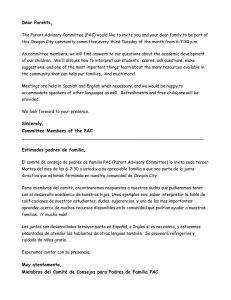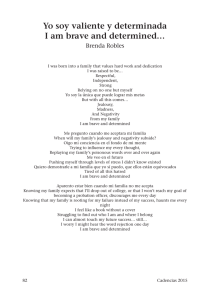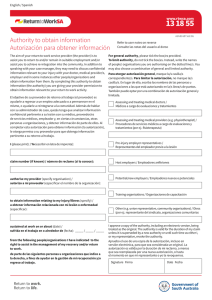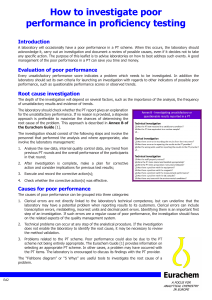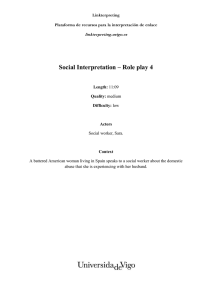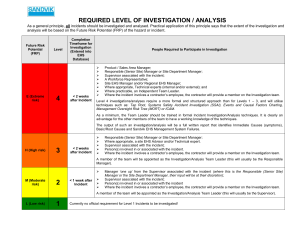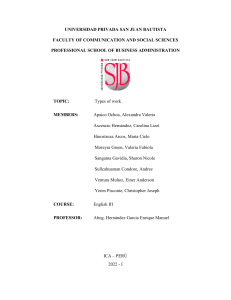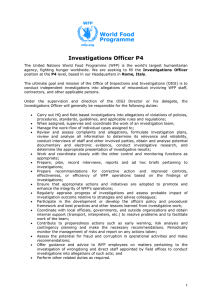Family and Social Policy: Towards Family Minded Policy and whole
Anuncio
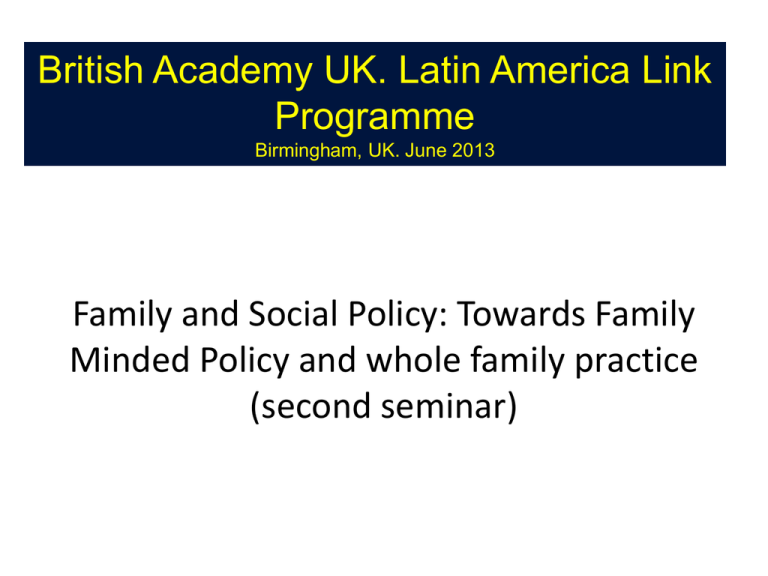
British Academy UK. Latin America Link Programme Birmingham, UK. June 2013 Family and Social Policy: Towards Family Minded Policy and whole family practice (second seminar) UNIVERSIDAD AUTÓNOMA DE NUEVO LEÓN FACULTAD DE TRABAJO SOCIAL Y DESARROLLO HUMANO Family and child protection system An approach to family definition of mexican and swedish social workers Sandra Elizabet Mancinas Espinoza Eunice Martínez Objective To present a first approach on family definition of Mexican and Swedish social workers who work in the child welfare system in their respective countries An overview of mexican and swedish child protection system Children's entry into child welfare in Sweden Application from the family Report from others: school, a neighbor etc. Social workers screen individuals/families to determine whether there is need for services Report from social services: someone working with parents addiction, etc. Application or Referral Gatekeeping or needs assessment Social workers decide to open an investigation. Social workers decide to not open an investigation. Decision making Support By Viktoria Skoog Service No support Refers the family to family support that does not need a decision from social services Child investigation and interventions in Sweden Social worker makes a plan for the investigation together with the family. The investigation has to be complete in four months. The social worker gathers information, assesses, makes a decision and shares the investigation and the decision with the family. Decision No intervention Support to the family in their home. Social worker make a plan for the purpose of the intervention Out-of-home care. Social workers make a plan for the purpose of the interventions The family and child over 15 consent Voluntary care Social worker make a plan for the interventions The child and the family get the intervention By Viktoria Skoog Every six months the social worker follows up the interventions The family and child over 15 do not consent Application for compulsory care Application approved Application is not approved No intervention Children's entry into child welfare in Mexico (focus in children abuse) Reporting through the mass media Children without families Report from others: school, a neighbor Report from social services: someone working with parents addiction, health system, etc. The social services lawyer prepares a special document for the social worker who initiate an investigation (asignación) Social workers interview/families, neighbor, teachers, to determine whether there is need for services Support By Sandra Mancinas Application from the family Application or Referral Needs assessment and decision making No support Service Child investigation and interventions in Mexico Social worker makes an investigation about the children family (Including the extended family). The social worker gathers information, and shares the investigation with special council. Decision is made for special team (social work, lawyer and psychologist External intervention Social worker make a plan for the purpose of the intervention Institutional care short time Back to home (Social worker follow up the intervention once a week Institutional care long time Adoption (An other Social worker follow up the intervention) The family can visit the children and participate in special sessions about positive parentality Social worker make a plan for the interventions The child and the family get the intervention, The focus is the children By Sandra Mancinas Periodically the social worker follows up the interventions and present inform to special team The especial team decides institutionalization end An other Social worker make a plan for the purpose of the intervention Method Case studies • Deep interviews • Focus groups (vignette designed by Lennart Nygren and Siv Oltedal) Method Participants Focus group Mexican social workers in public institutions (one) Swedish social workers in public institutions (one) Deep interview Mexican social workers in private institutions (two) Swedish social workers in private institutions (two) Method The analysis of information will be made through the content analysis technique The software MAXQDA it will used Analysis categories preliminary • Own family • Ideal family • Typical family on the protection child services Preliminary approaches Category Own family Ideal/typical family Typical family on the protection child services Mexican Major family diversity Single parent headed by women (3) Nuclear family (1) Extended family (1) They consider that there are differences between ideal and typical family Typical “está predominando la jefa de familia con hijos, yo siento que es la que predomina ahorita” “Ya es la típica [la jefa de familia]” Ideal “definitivamente es la nuclear” “Inclusive debería de ser la típica” Text Swedish Nuclear family remarried All of them included extended family in their definition …mother, father and they have children and then they are separated and they have their own families. This is more typical now that it was 20 years ago… It's probably true that children live together with two parents but they may not both be biological. And, the most probably don’t live with just one parent. “I think in the two years that I have been working, I have only encountered parents that are divorced or separated. I cannot think of one where they were still together” [Una familia con necesidades económicas] “el apoyo en alimento, en cuestiones de becas, esa creo que la que predomina mucho” “Una sola [mujer sola] con sus hijos. [Jefa de familia es una mujer sola que vive con sus hijos, “It might be that we meet mother and partner or en México existe un programa para este tipo de father and partner. So, not just single parents. There familia que están en pobreza]” are often two parents. Or even 4 parents though there are really just 2 who have actually custody of the child. Then these families are often in conflict. They are high conflict parents that we meet” Thank you!

